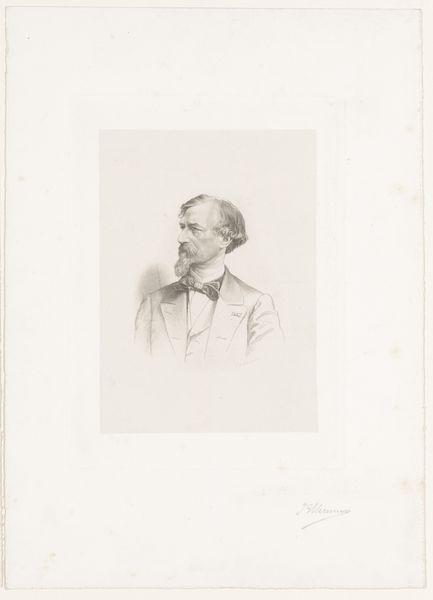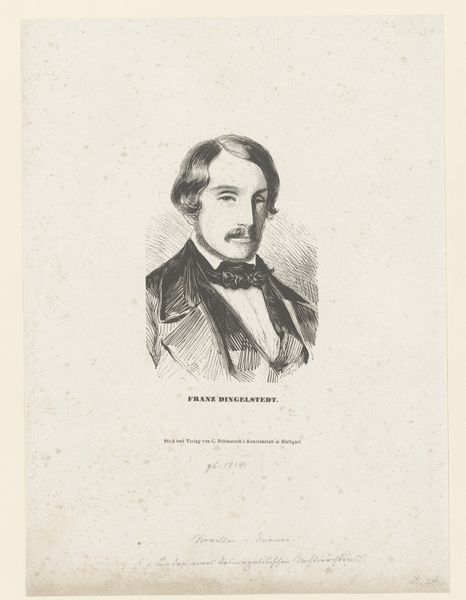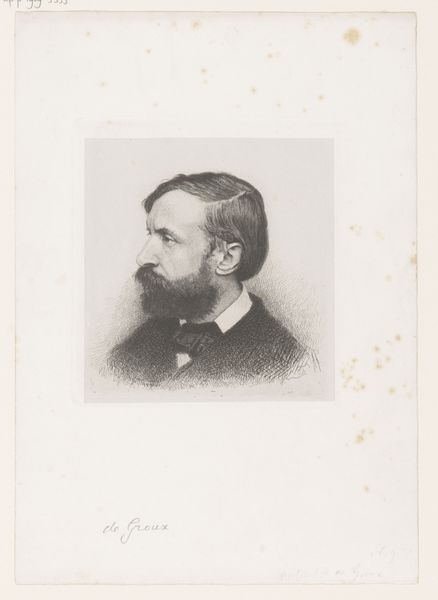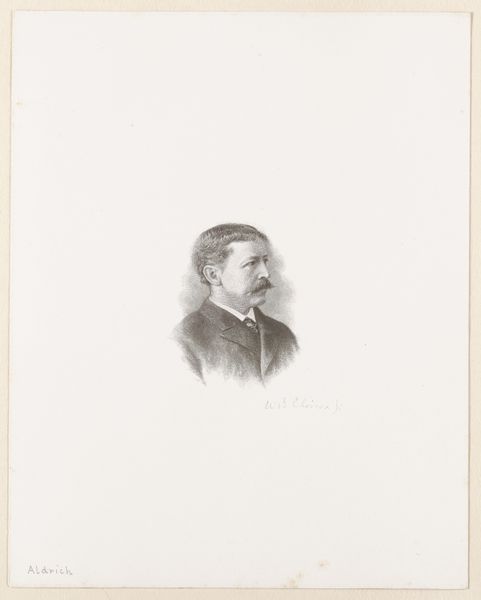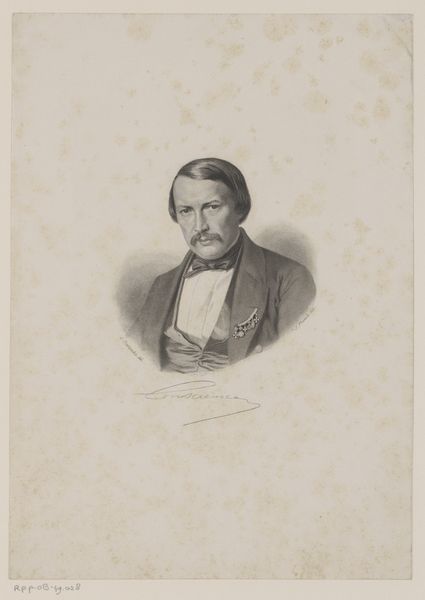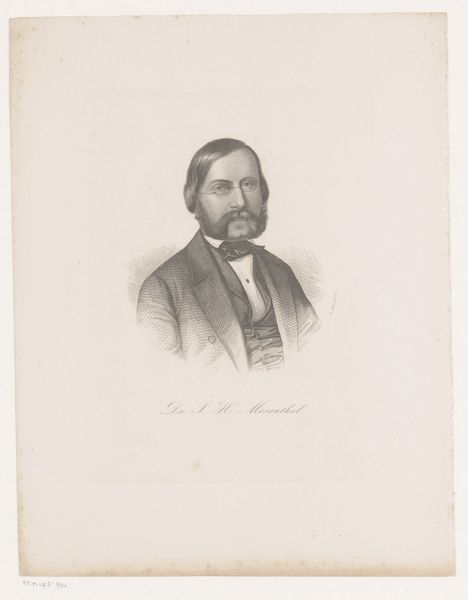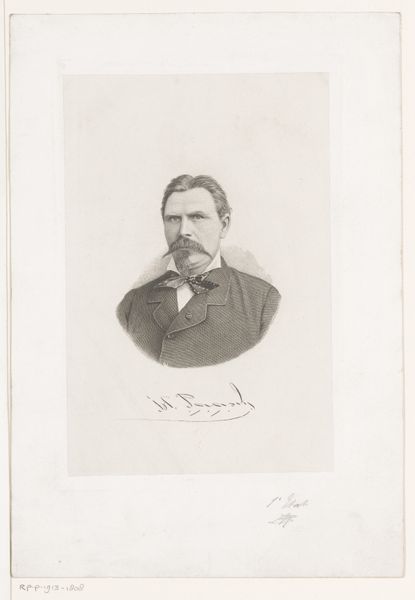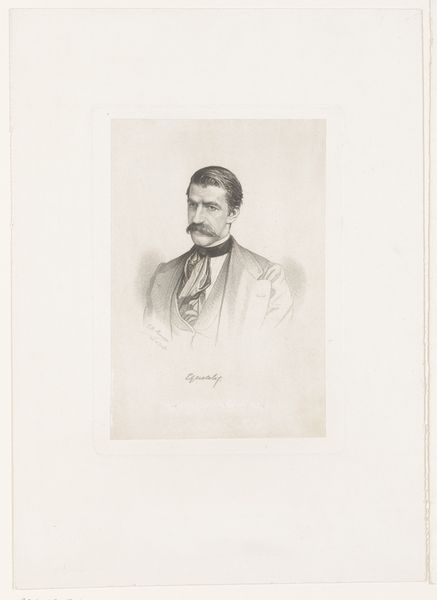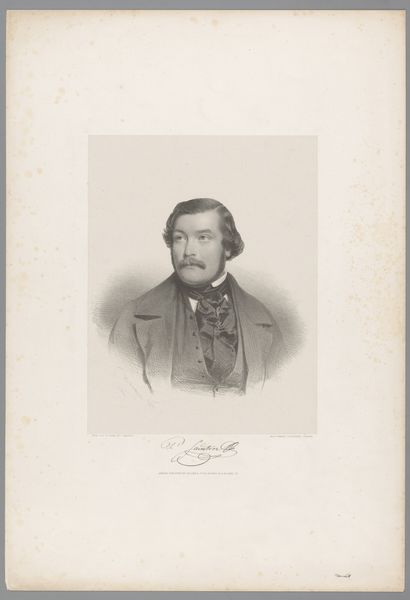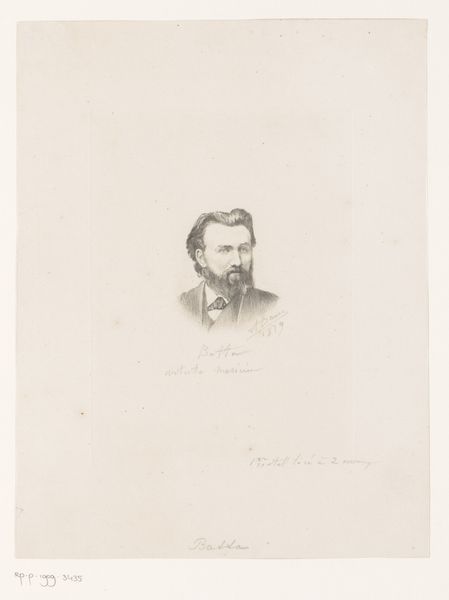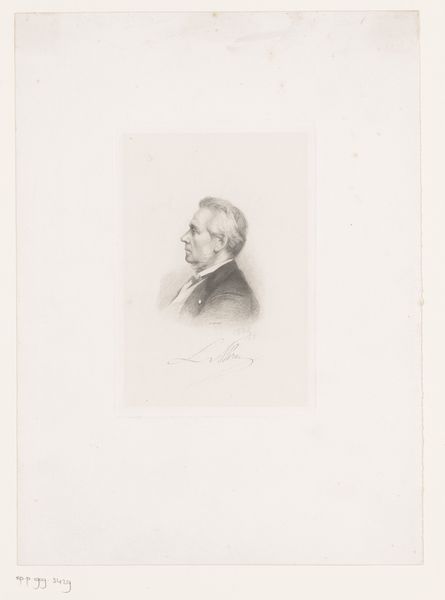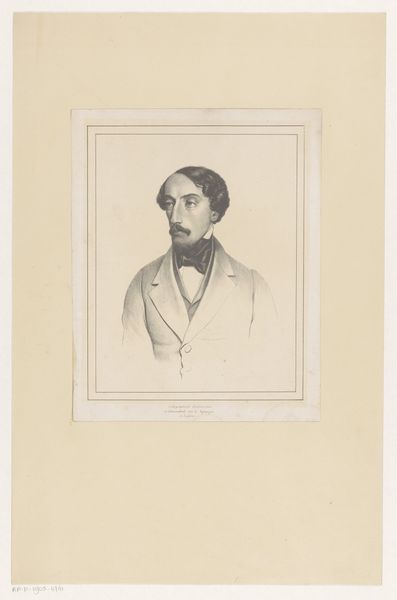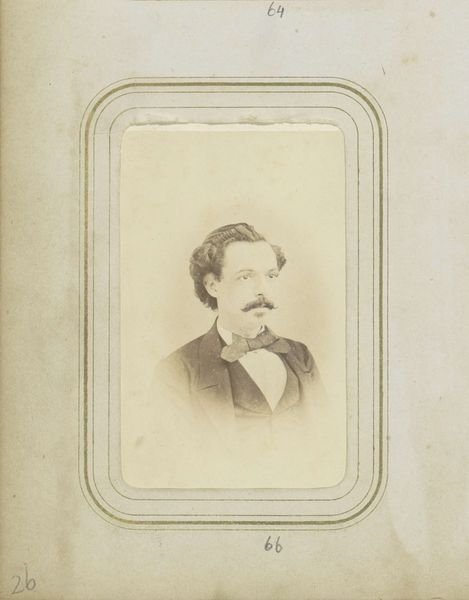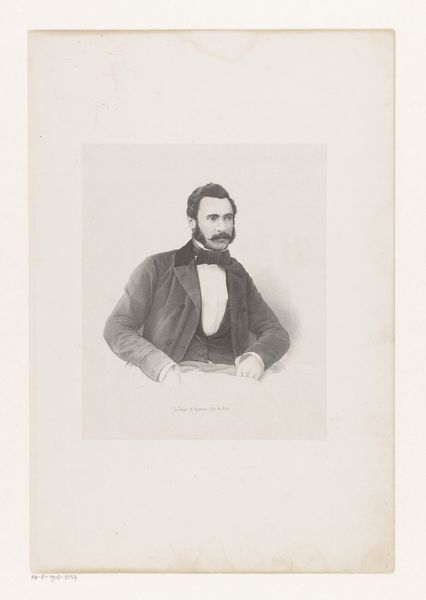
drawing, pencil
#
portrait
#
drawing
#
pencil drawing
#
pencil
#
academic-art
#
realism
Dimensions: height 159 mm, width 119 mm
Copyright: Rijks Museum: Open Domain
Editor: Here we have Auguste Danse's "Portrait of Willem Geefs," a pencil drawing from 1883. There's something very immediate about it; the artist seems to have captured Geefs with a wonderful sense of realism. What do you see in this piece? Curator: This work highlights the means of artistic production prevalent in the 19th century. Consider the accessibility of pencil as a medium; it allowed for portraiture to reach a wider audience, democratizing image-making beyond the elite. Do you notice how the detail emphasizes Geefs's features but also the texture of his coat? Editor: Yes, it's quite detailed for a pencil drawing! Does the medium suggest anything about the social status of either the artist or the subject? Was Danse exploring that deliberately? Curator: It's possible. Pencil, while more accessible than oil paint, still required skill and training. The very act of portraying Willem Geefs suggests a relationship of some kind. Understanding Danse's patronage networks and Geefs's profession could tell us more about the labor exchange happening in the art world at this time. Think about how materials and commission influence representation. Editor: That's a side of portraiture I hadn't considered before. I usually think about the likeness and the artistic skill, but this brings a new layer of interpretation by considering the context and consumption. Curator: Exactly! And we might also consider how mass reproduction changed portraiture; did that have a knock-on effect in the choice of using cheaper and accessible materials like pencil, and how are those works perceived compared to unique works such as sculptures. Considering that we've looked at those external factors can make us better art viewers, by reflecting on production means. Editor: This definitely adds a lot to my appreciation of the piece. I'll keep in mind how those means of production and social elements shape our view of the artwork.
Comments
No comments
Be the first to comment and join the conversation on the ultimate creative platform.
